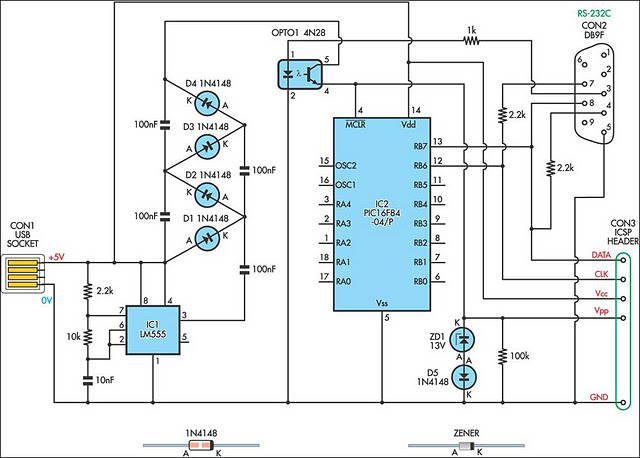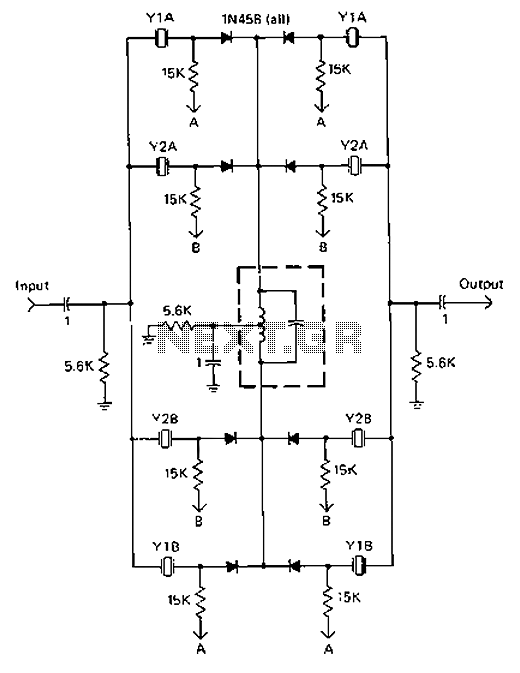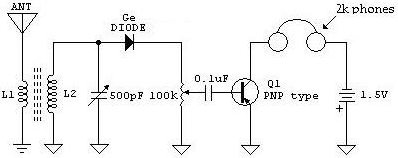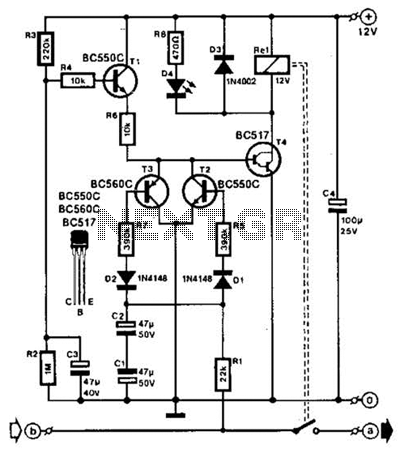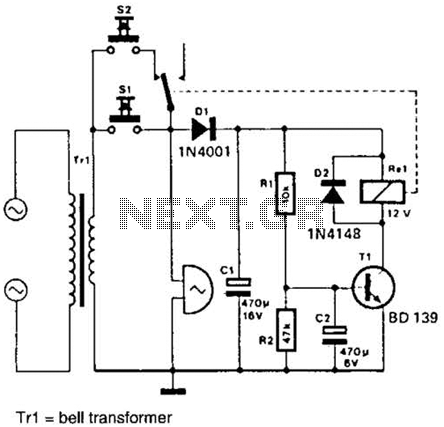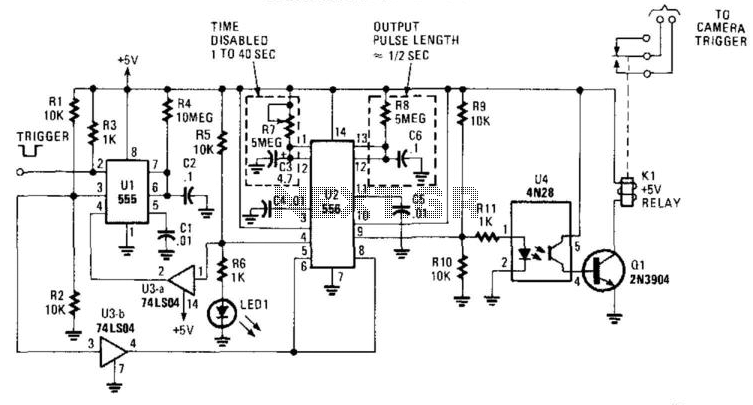
Thunderstorm Predictor circuit
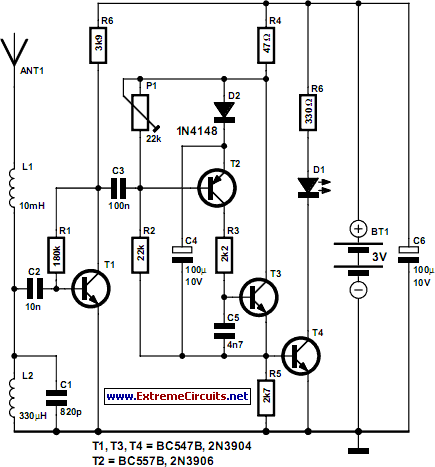
Listening to VHF FM offers significant advantages over MW/LW AM radio from earlier times, providing bright stereo sound free from interference, fading, and noise. However, FM radios lack the ability to predict thunderstorms as reliably as AM radios did in the past, often giving warnings hours before a storm approached. The key point is that AM detection can accurately reproduce the effects of lightning and other large static discharges in a straightforward manner: these are audible as slight crackling noises in the loudspeaker, regardless of the radio's tuning. In the absence of an AM radio, a dedicated VLF receiver tuned to approximately 300 kHz can effectively detect the crackling associated with approaching lightning.
The transition from AM to FM radio has brought about several improvements in audio quality and listening experience. VHF FM radios utilize frequency modulation, which provides better sound fidelity and reduced susceptibility to noise and interference compared to amplitude modulation used in AM radios. This results in clearer audio reproduction, making FM radio preferred for music and entertainment.
Despite these advancements, one notable limitation of FM radio is its inability to detect atmospheric phenomena such as thunderstorms. AM radio's method of amplitude modulation allows it to pick up variations in signal strength caused by distant lightning strikes, producing audible crackling sounds. This characteristic was particularly useful for early warning systems, as listeners could anticipate severe weather conditions based on these sounds.
For those interested in monitoring atmospheric activity, a dedicated Very Low Frequency (VLF) receiver can be employed. By tuning to frequencies around 300 kHz, it is possible to capture the electromagnetic signals generated by lightning strikes. These signals manifest as crackling noises, similar to those heard on AM radios, allowing users to detect storms even when traditional AM radios are not available. This capability is particularly valuable for meteorological research and for enthusiasts who wish to track weather patterns and lightning activity.
In summary, while VHF FM radios provide superior sound quality, they do not have the capacity to detect thunderstorms like AM radios. Utilizing a dedicated VLF receiver can bridge this gap, allowing for the detection of lightning and providing valuable information about approaching weather systems.Sure, listening to VHF FM has great advantages over MW/LW AM from the old days now we have bright stereo free from interference, fading and noise! However, your FM radio will no longer predict the arrival of a thunderstorm as did the AM radio many years ago-reliably and hours before the trouble was upon you!
The crux is that AM detection will faithfully reproduce the effects of lightning and other massive static discharges approaching in a very simple way: they re audible as slight crackling noises in the loudspeaker, almost irrespective of the tuning of the radio! Assuming no AM radio is available anymore, a dedicated VLF receiver tuned to about 300 kHz can faithfully detect the crackle of approaching lightning..
🔗 External reference
The transition from AM to FM radio has brought about several improvements in audio quality and listening experience. VHF FM radios utilize frequency modulation, which provides better sound fidelity and reduced susceptibility to noise and interference compared to amplitude modulation used in AM radios. This results in clearer audio reproduction, making FM radio preferred for music and entertainment.
Despite these advancements, one notable limitation of FM radio is its inability to detect atmospheric phenomena such as thunderstorms. AM radio's method of amplitude modulation allows it to pick up variations in signal strength caused by distant lightning strikes, producing audible crackling sounds. This characteristic was particularly useful for early warning systems, as listeners could anticipate severe weather conditions based on these sounds.
For those interested in monitoring atmospheric activity, a dedicated Very Low Frequency (VLF) receiver can be employed. By tuning to frequencies around 300 kHz, it is possible to capture the electromagnetic signals generated by lightning strikes. These signals manifest as crackling noises, similar to those heard on AM radios, allowing users to detect storms even when traditional AM radios are not available. This capability is particularly valuable for meteorological research and for enthusiasts who wish to track weather patterns and lightning activity.
In summary, while VHF FM radios provide superior sound quality, they do not have the capacity to detect thunderstorms like AM radios. Utilizing a dedicated VLF receiver can bridge this gap, allowing for the detection of lightning and providing valuable information about approaching weather systems.Sure, listening to VHF FM has great advantages over MW/LW AM from the old days now we have bright stereo free from interference, fading and noise! However, your FM radio will no longer predict the arrival of a thunderstorm as did the AM radio many years ago-reliably and hours before the trouble was upon you!
The crux is that AM detection will faithfully reproduce the effects of lightning and other massive static discharges approaching in a very simple way: they re audible as slight crackling noises in the loudspeaker, almost irrespective of the tuning of the radio! Assuming no AM radio is available anymore, a dedicated VLF receiver tuned to about 300 kHz can faithfully detect the crackle of approaching lightning..
🔗 External reference
